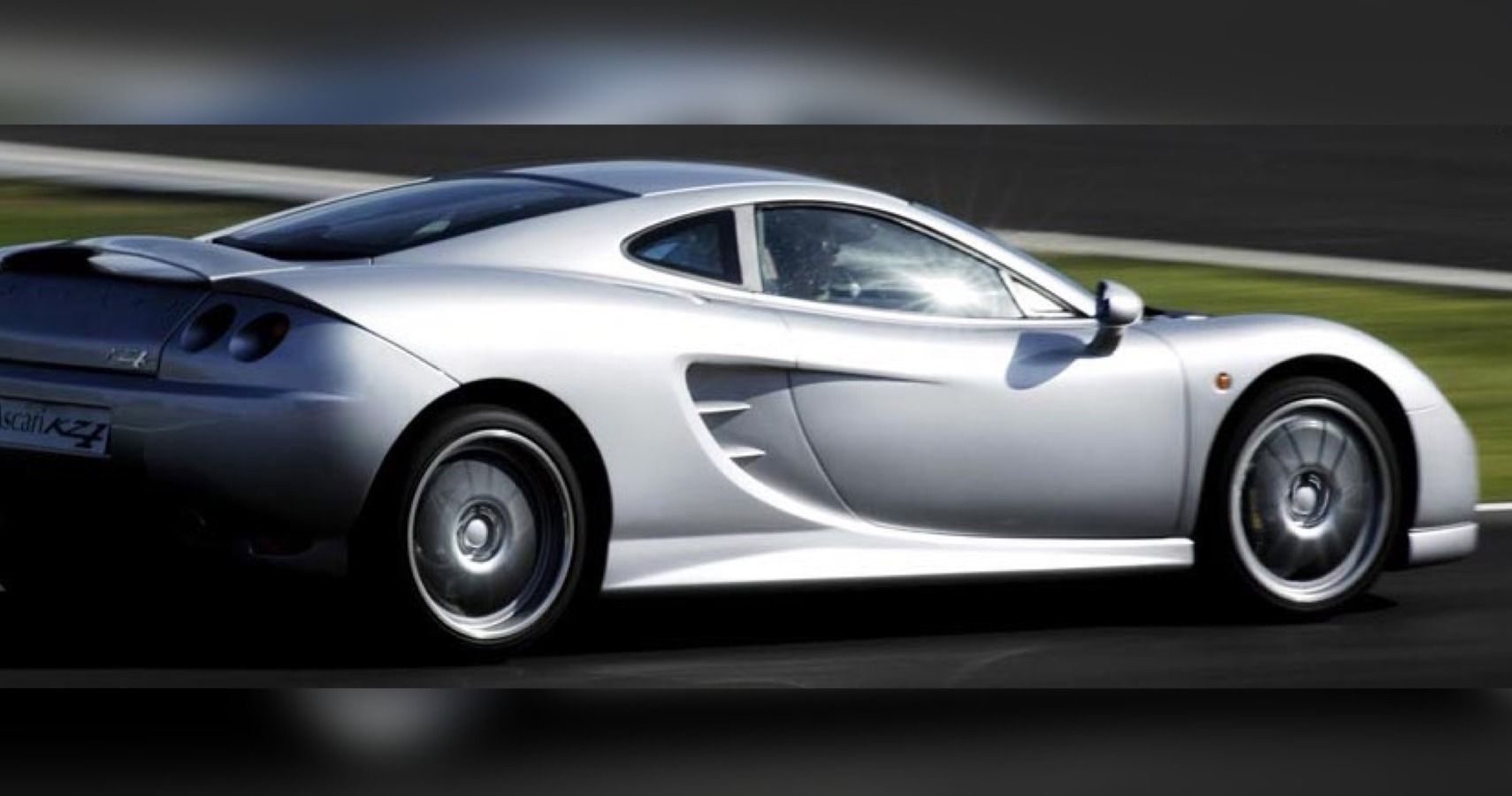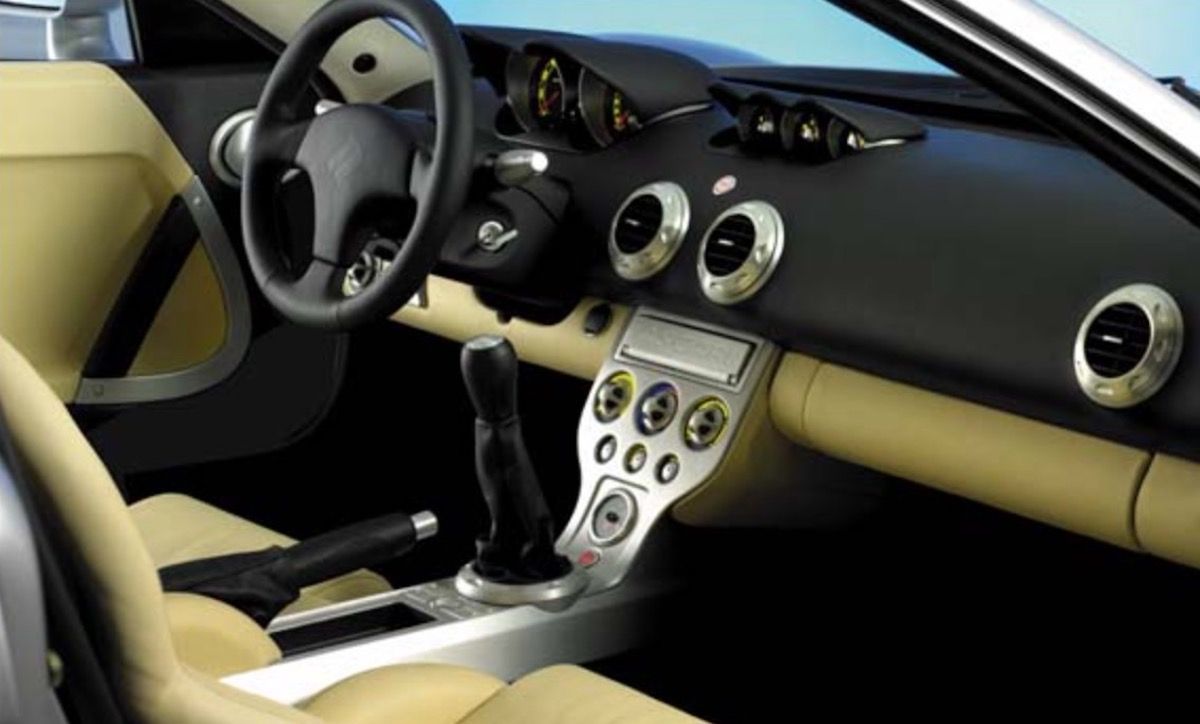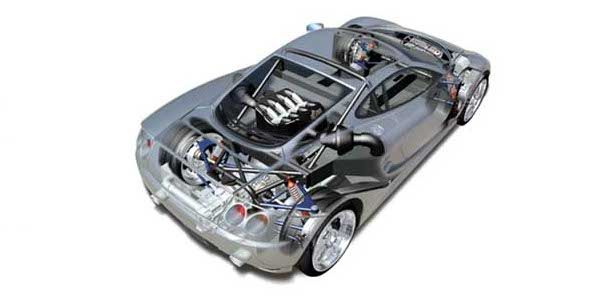Named after its founder, Dutch businessman Klaaz Zwart, the Ascari KZ1 was a two-door coupé sports car produced by the British automobile manufacturer Ascari from 2005 to 2010 when it became defunct. The model debuted in Birmingham in early 2005 as part of Autosport International and came with a manufacturer’s suggested retail price (MSRP) of £235,000 (312,817 USD).
With only 50 units worldwide, each unit of the KZ1 is carefully handcrafted by a group of 30 craftsmen for 340 hours. When it debuted, Ascari gave the owners of the vehicles a chance to take a drive in Race Resort Ascari in Spain.
The KZ1 is a road car that serves as the production version of Ascari’s A410 race car. It also has a racing version, the Ascari KZ1-R. Aside from minor differences in its exterior, the KZ1-R is similar to the KZ1.
With that, let's have a detailed look back at the Ascari KZ1.
The Ascari KZ1 Features A BMW S62 V8 Engine
A BMW S62 V8 engine with dry-sump lubrication powers the Ascari KZ1. This is the same engine used by some of BMW’s models, such as the BMW E39 M5 and the BMW Z8. The engine features four valves for each cylinder, with variable valve timing (VVT), and has a displacement of 4,941 ccs.
The BMW S62 V8 engine produces a power of 387.8 kW at 7,000 revolutions per minute (rpm). On top of that, it also creates a torque of 550 Nm at 4,500 rpm. This allows the KZ1 to attain a top speed of 323 km/h. At the same time, the vehicle also has impressive acceleration, going from 0 km/h to 100 km/h in 3.7 seconds.
The Ascari KZ1 uses a 6-speed manual transmission used in the Nissan Cima series. The vehicle also features a braking system with 6-piston calipers in front and 4-piston calipers at the back. Italian braking system manufacturer Brembo produced this braking system, the AP Racing calipers, and discs.
The KZ1 Has A Design That Provides Support And Comfort
The Ascari KZ1 has a luxurious interior design for a sports car, featuring controls with a distinct finish of polished aluminum. The dashboard with leather trim, similar to the seats of the vehicle, has the controls added to it. These sports seats are fully adjustable to provide the driver with lateral support.
The KZ1 also features a climate-controlled air conditioning system that complements the fascia gauges' and controls' subtle back-lighting. For a car of that era, it features a unique infotainment system with a CD player. On top of that, the KZ1 comes with door mirrors and electric windows and a Thatcham category one alarm system with remote central locking. Owners were also allowed to further customize the interior of their cars, with one even requesting for Ascari to have their dashboard made entirely of wood.
On the exterior, Ascari allowed the owners of the Ascari KZ1 to select the color scheme that they wanted. With the exterior color scheme, they are also able to choose their preferred interior color scheme. An extremely light yet durable carbon fiber monocoque chassis forms the exterior, which helps to reduce its weight to a mere 1,250 kg.
The Ascari KZ1 has a length of 4,300 mm, a width of 1,852 mm, and a height of 1,138 mm. It also has a curb weight of 1275 kg, which is a little on the heavier side.
Ascari KZ1 Vs KZ1-R
As mentioned earlier, the Ascari KZ1-R is the racing version of the Ascari KZ1. Many aspects of the KZ1-R resemble the KZ1, including the engine. However, there are considerable differences in the exterior design of the KZ1-R that is immediately noticeable when comparing both vehicles.
First of all, the KZ1-R features a more pronounced splitter on its front lip spoiler to allow for greater down-force. On top of that, it also has a wide racing wing instead of a tiny adjustable spoiler like on the KZ1. The KZ1-R has slightly different headlights featuring turn signals and high-intensity discharge (HID) light bulbs.
The KZ1-R also features a larger wheelbase than the KZ1, which results in its slightly bigger rear fenders. Both cars have the exact dimensions, but the KZ1-R has a slightly lower curb weight of 1,250 kg as it has wheels made of forged aluminum alloy.
In terms of their interiors, the KZ1-R has a more straightforward interior to lower its curb weight. This includes the removal of power windows, and the switch from fine leather racing seats to Alcantara, cloth, and carbon fiber ones. At the same time, the KZ1-R also features an integral roll cage that can help its body remain rigid while racing. Unlike most other race cars, it has a power steering function as well.



